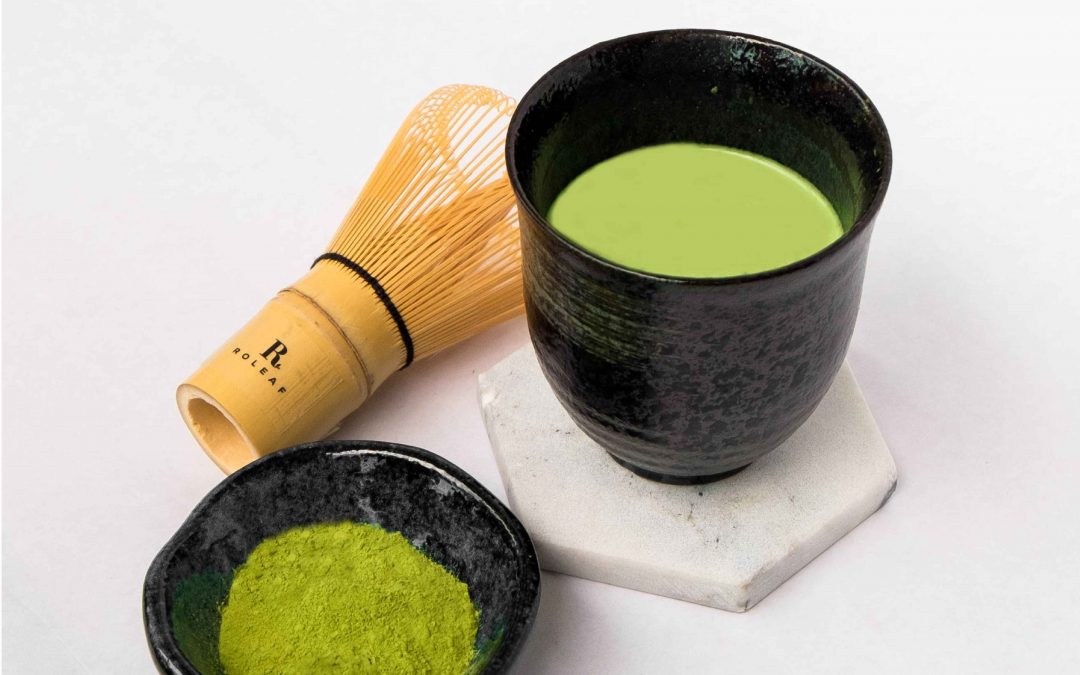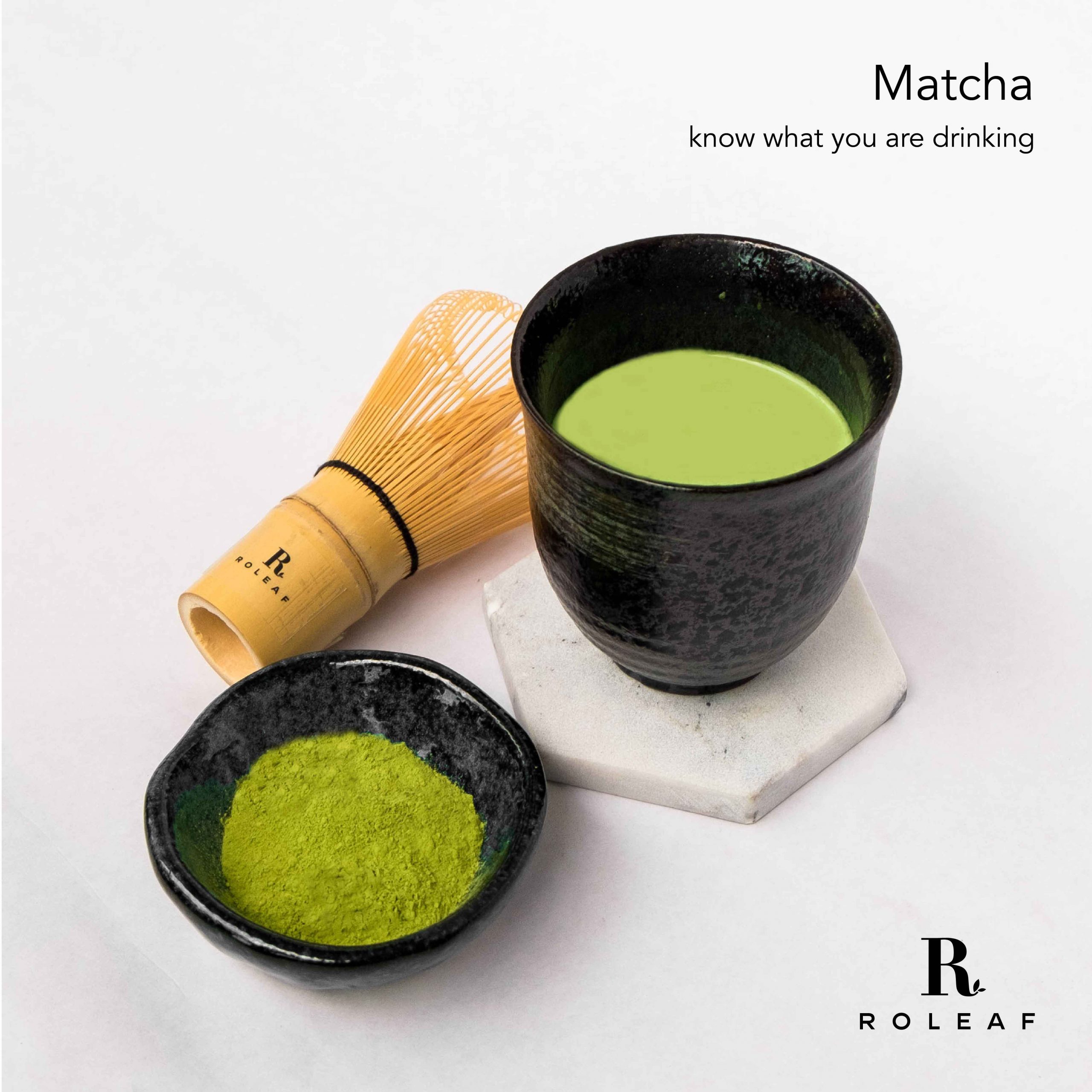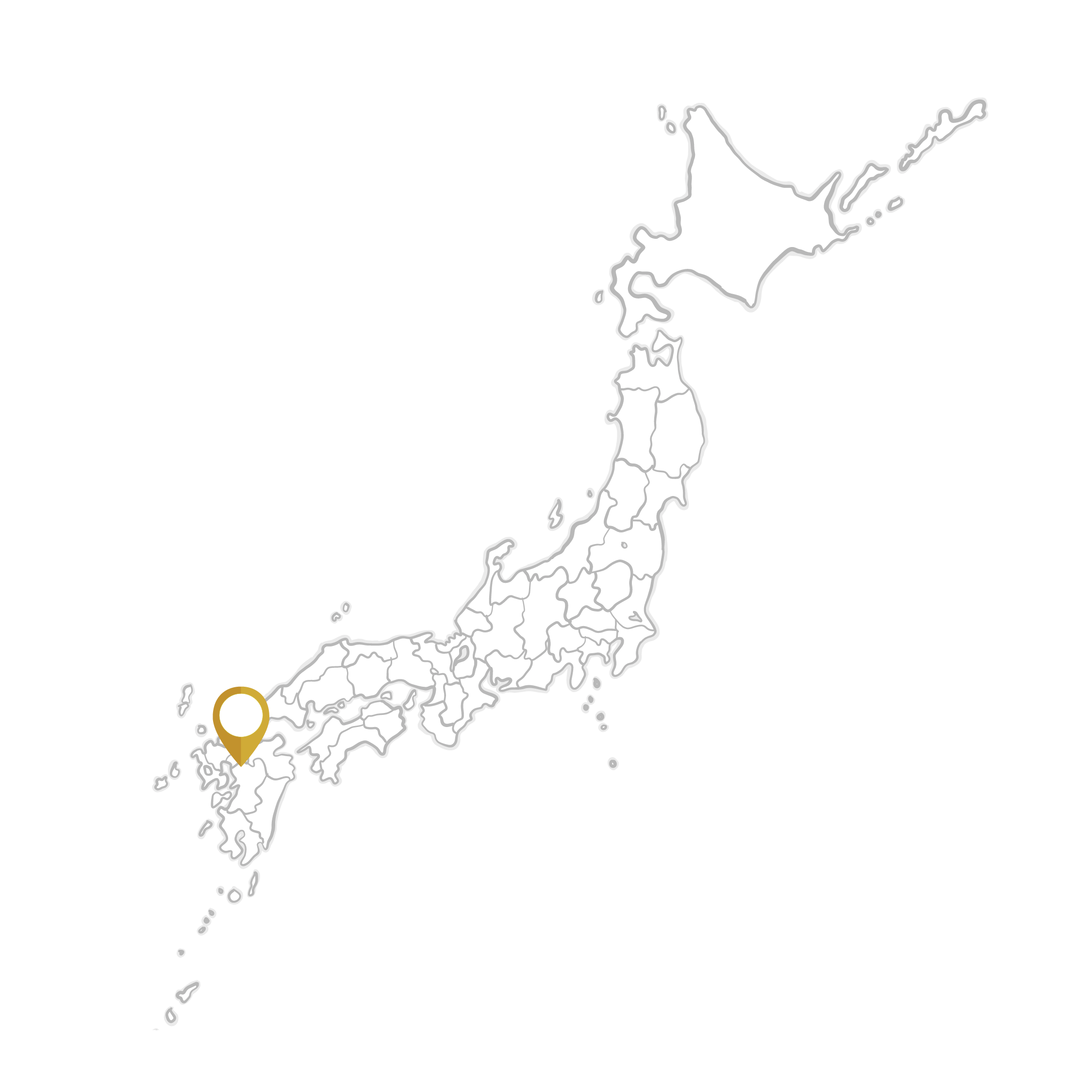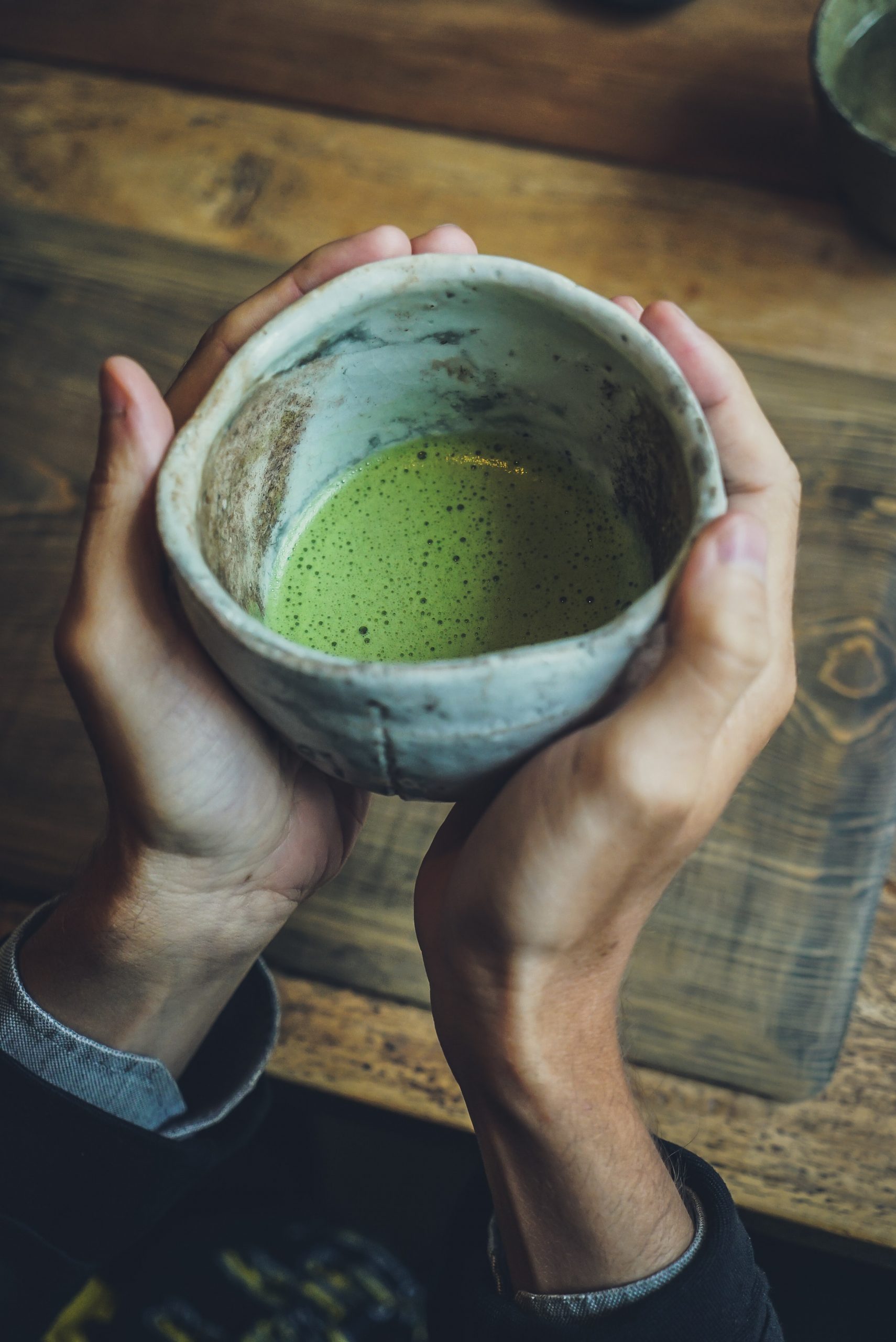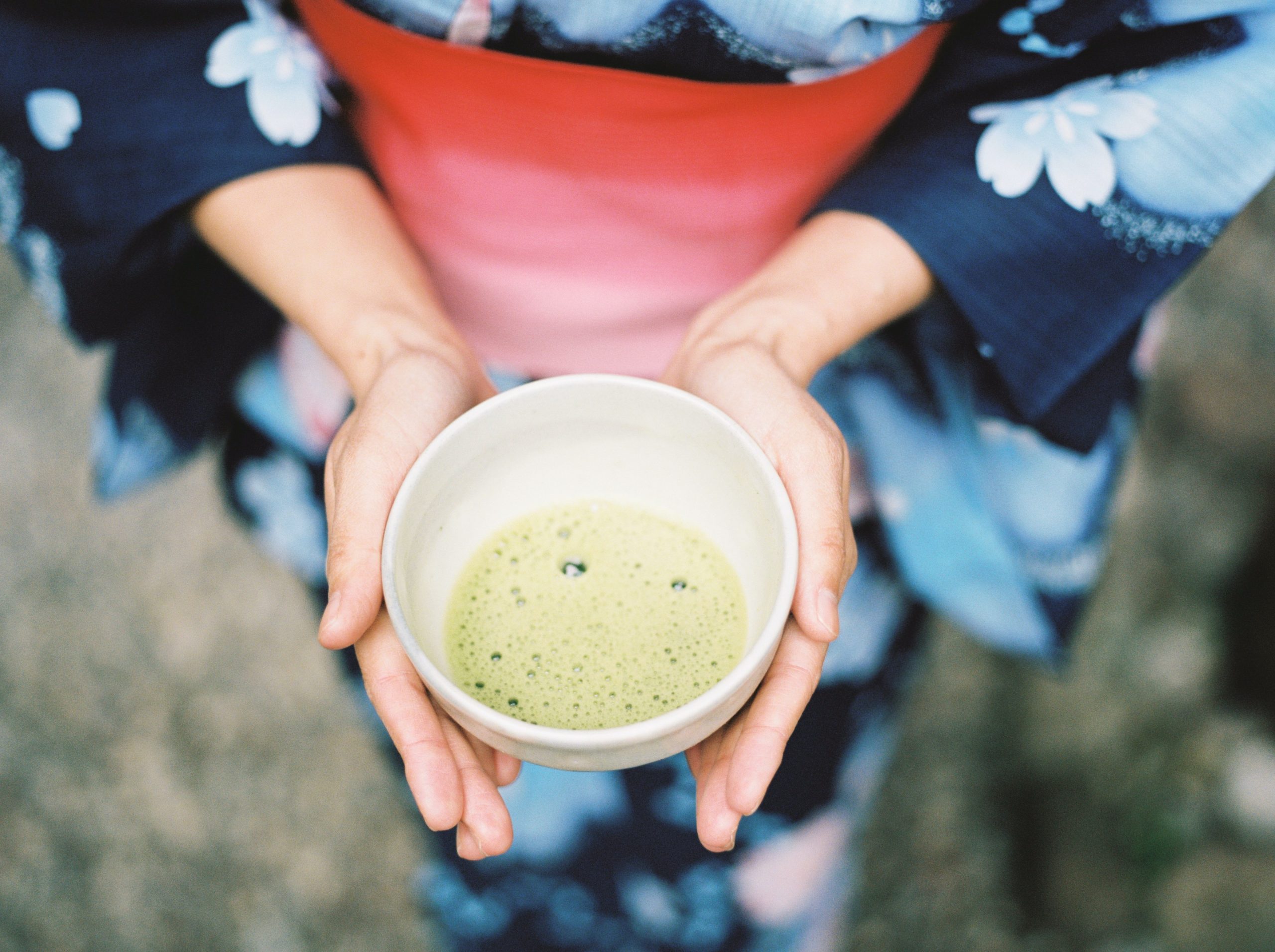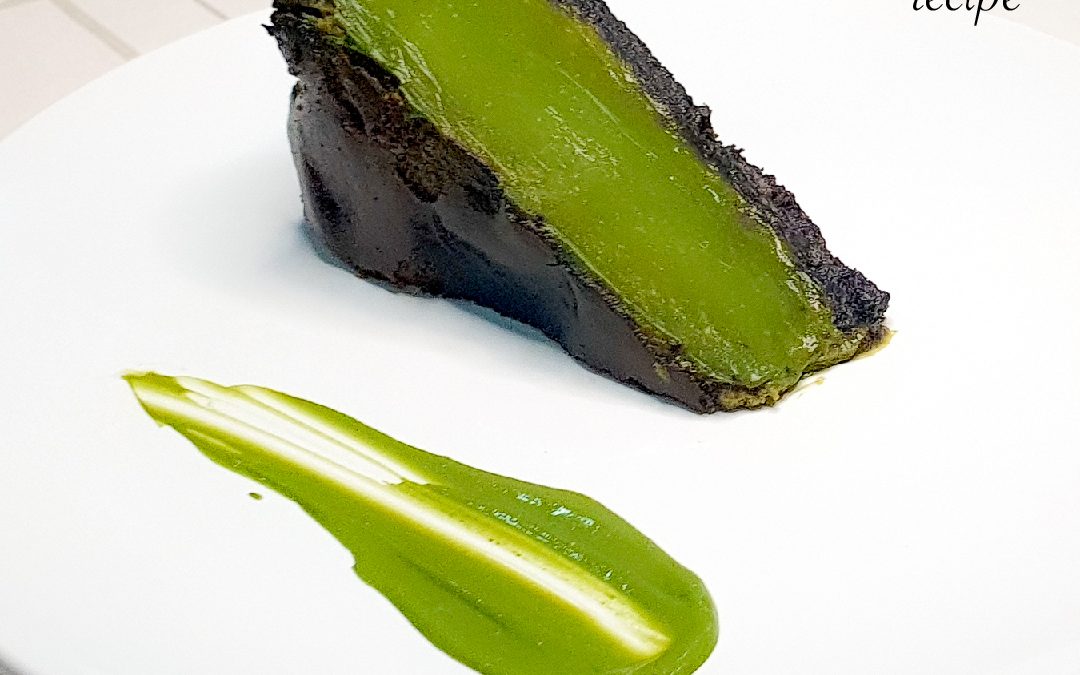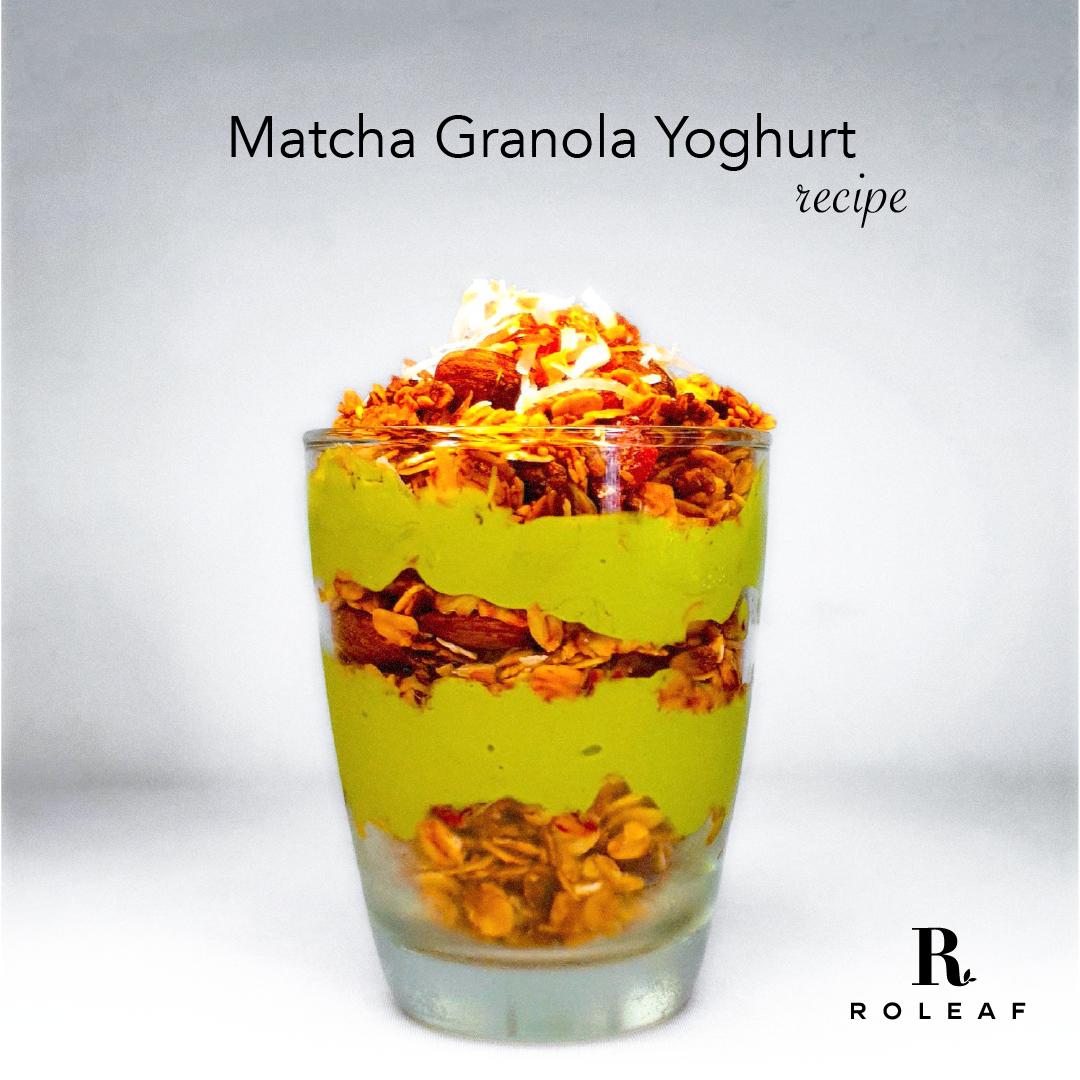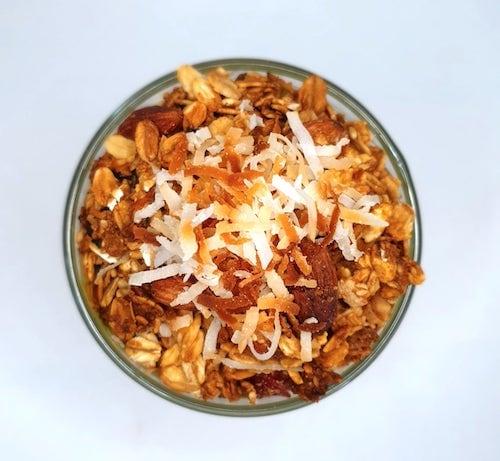Tea is more than just a soothing beverage; it can also be an exquisite complement to various foods, enhancing both the tea and the dish. Whether you’re enjoying a cup of robust black tea or a delicate green tea, pairing it with the right food can elevate the...
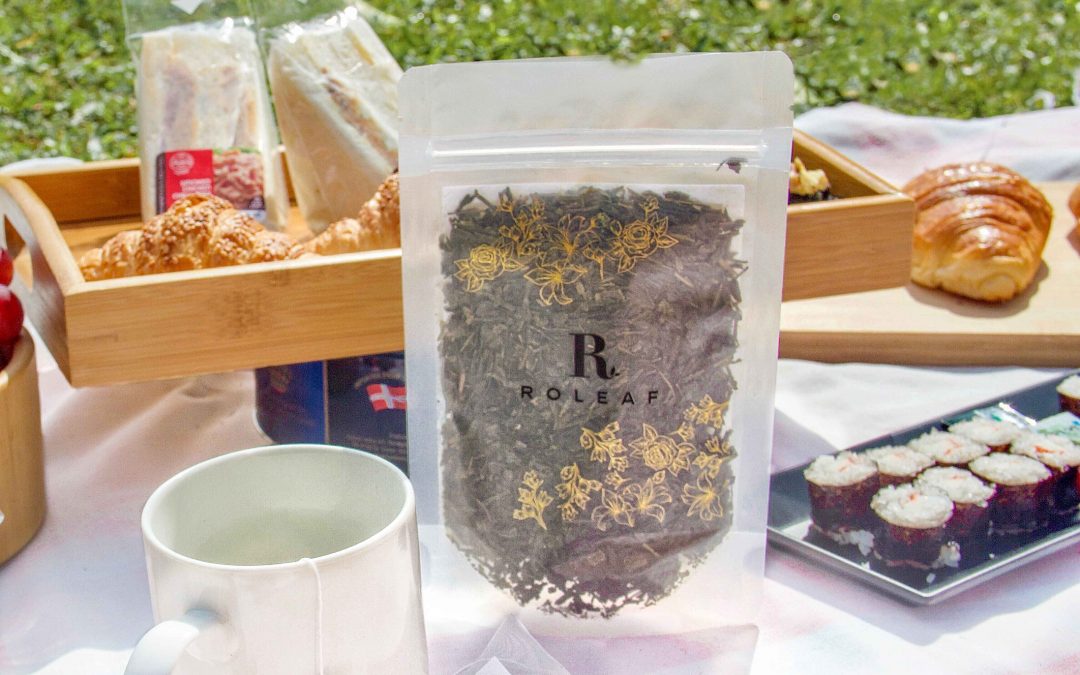
3 Health Benefits of Green Tea
Green tea is one of the most amazing healing remedy this planet has to offer. Here are three remarkable health benefits of including it in your daily diet!


Powerful Antioxidant
This is perhaps the most touted benefit of green tea. In this case, the secret is in its catechin content. Catechin is definitely one of the most powerful antioxidants on the planet because it helps to fight the free radicals that our bodies are exposed to on a daily basis. In fact, Harvard researchers have found a link between drinking green tea and a reduced risk of cancer.
Tip: Take green tea daily together with Vitamin C & E supplements to get a powerful dose of disease preventing antioxidants.
Speed Up Metabolism
Looking to shed a few pounds? It’s time to add green tea into your diet! Research has proven that it increases fat oxidation in the body as well as boosts metabolic rate.
Tip: Drink a hot cup of green tea with a squeeze of lemon the first thing you wake up every morning. In brief, this will help you to kick start your metabolism and give you energy to get the day started!
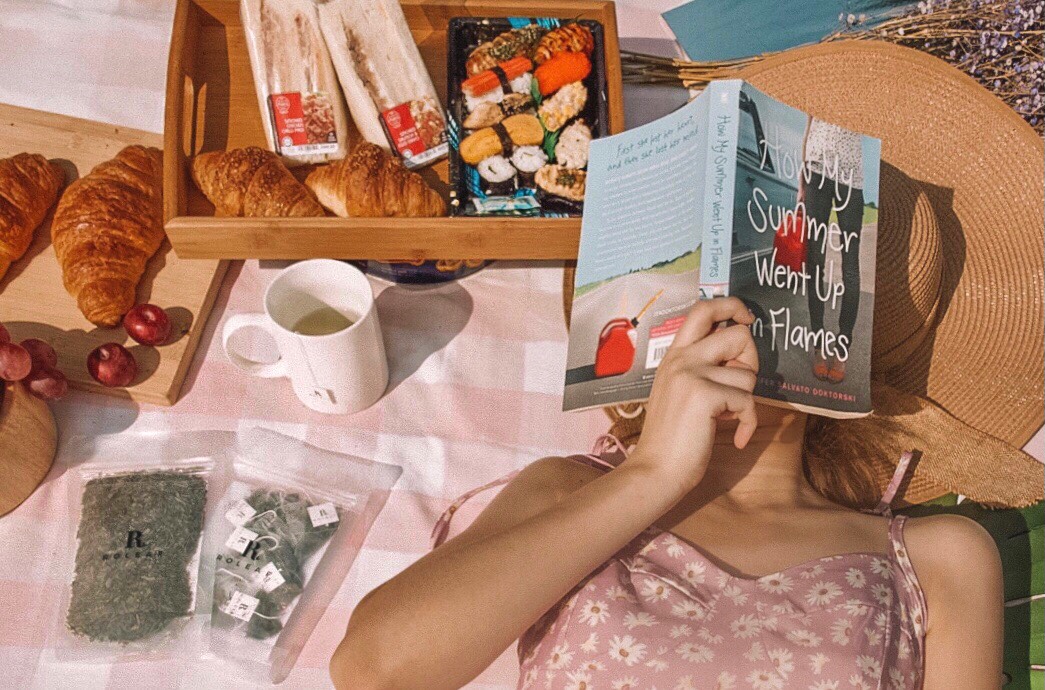
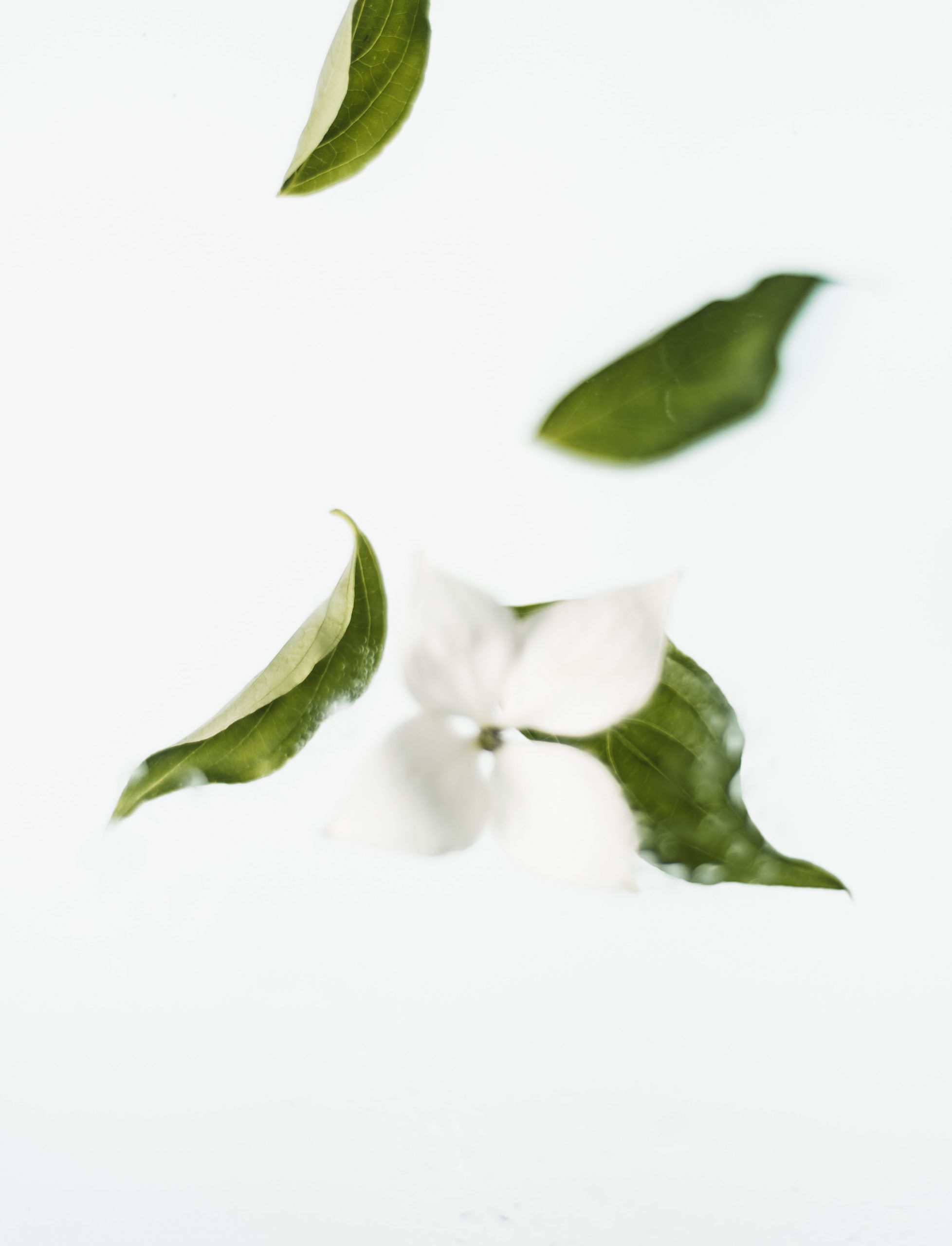
Lowers Cholesterol
As found by a 2011 research study for the American Journal of Clinical Nutrition, the powerful antioxidant compound EGCG in green tea helps to inhibit the absorption of cholesterol from the large intestine. Results from this study suggest that regular green tea consumption will reduce serum cholesterol levels by as much as 7.2mg/dL.
Tip: Generally, experts recommend drinking up to 5 cups of green tea a day to lower blood cholesterol levels.
Roleaf has an incredible variety of green tea that you’ll never get bored choosing from. We source our teas from the highest quality farms across the globe, so you can be sure you are drinking only the best available.
Roleaf’s delicious Soothing Sencha is fine Japanese tea from Yame perfecture which is renowed across Japan for producing some of the finest quality green tea in the whole country. Glossy, deep and dark green, it is refreshing and smooth with slight roast flavors.
And there you have it! Remember, as a rule, self-care is important. On a side note, dear introverts, never feel bad for making sure you are at your best emotionally.
Related Guides
Related
Perfect Tea Pairings: What Foods Go Best with Different Types of Tea
Exploring Herbal Teas: Benefits and Unique Blends
Herbal teas have been cherished for centuries, not just for their delightful flavours but also for their numerous health benefits. Unlike traditional teas made from the Camellia sinensis plant, herbal teas are crafted from a variety of herbs, flowers, and fruits. This...
6 Tips to Staying Healthy during Chinese New Year
With the abundance of yummy food and snacks available at almost every house, how does one go about keeping fit and healthy during this festive season?

